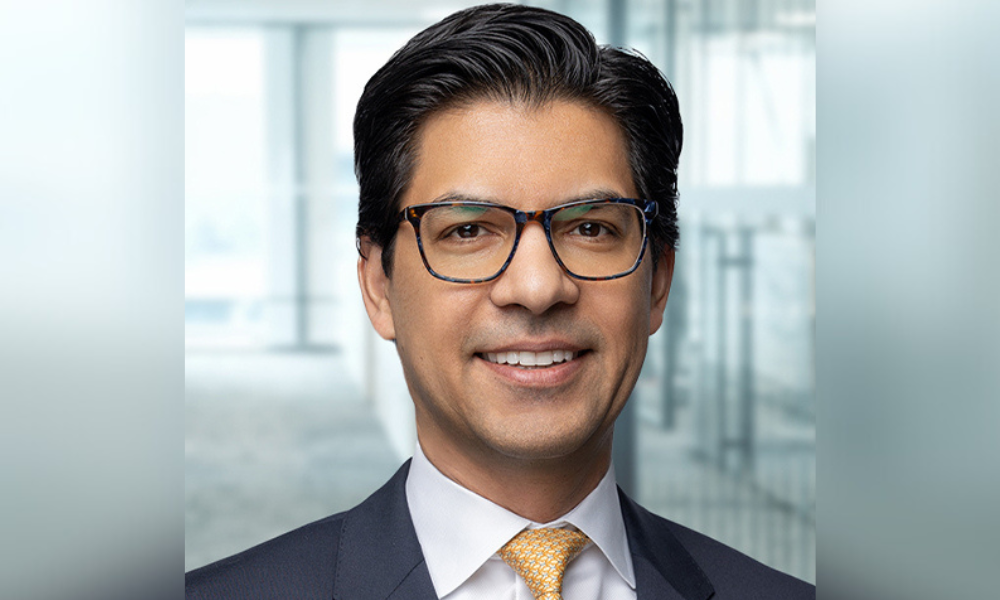When Questrade entered the Canadian exchange traded fund space, they saw an opportunity that wasn’t being fulfilled for Canadian investors.
When Questrade entered the Canadian exchange traded fund space, they saw an opportunity that wasn’t being fulfilled for Canadian investors.
“We entered the ETF space because we saw a gap in ETF offerings for Canadian investors,” says Edward Kholodenko, president and CEO of Questrade Financial Group. “Our sector ETFs deliver the benefits of diversification with equal-weight strategies. Our U.S. midcap ETFs are designed for exposure to growth and stability.”
Questrade Wealth Management recently launched Questrade Smart ETFs with the listing of six exchange traded funds on the TSX. The six ETFs include four sector ETFs and two U.S. midcap ETFs, all based on Russell Indexes.
ETFs have been taking the investment world by storm as of late, making up half of all the 2014 fund flows in the U.S. alone, as investors benefit from the race to the bottom in fees as firms fight for market share.
Concurrently, asset management fees have fallen under increased scrutiny from institutional investors, while fees for retail products fell as they received more attention from regulators.
Kholodenko describes these Smart ETFs as being unique in the Canadian marketplace, “continuing Questrade’s commitment to deliver innovative financial products and services to investors.”
Questrade Smart ETFs are hedged to the Canadian dollar, marking the first time investors can access Russell’s equal-weight sectors and U.S. midcap equities on the TSX.
"In today's marketplace, investors want ETFs that do more than passively track an index,” says John Youn, executive managing director, ETFs & global structured products at Questrade. “Questrade Smart ETFs track Russell indices on an equal weight basis. By spreading exposure evenly across the opportunity set, equal-weight indexes avoid the concentration that can occur in market-cap-weighted indexes, giving you the higher upside potential of small cap with the overall stability of large cap.”
“We entered the ETF space because we saw a gap in ETF offerings for Canadian investors,” says Edward Kholodenko, president and CEO of Questrade Financial Group. “Our sector ETFs deliver the benefits of diversification with equal-weight strategies. Our U.S. midcap ETFs are designed for exposure to growth and stability.”
Questrade Wealth Management recently launched Questrade Smart ETFs with the listing of six exchange traded funds on the TSX. The six ETFs include four sector ETFs and two U.S. midcap ETFs, all based on Russell Indexes.
ETFs have been taking the investment world by storm as of late, making up half of all the 2014 fund flows in the U.S. alone, as investors benefit from the race to the bottom in fees as firms fight for market share.
Concurrently, asset management fees have fallen under increased scrutiny from institutional investors, while fees for retail products fell as they received more attention from regulators.
Kholodenko describes these Smart ETFs as being unique in the Canadian marketplace, “continuing Questrade’s commitment to deliver innovative financial products and services to investors.”
Questrade Smart ETFs are hedged to the Canadian dollar, marking the first time investors can access Russell’s equal-weight sectors and U.S. midcap equities on the TSX.
"In today's marketplace, investors want ETFs that do more than passively track an index,” says John Youn, executive managing director, ETFs & global structured products at Questrade. “Questrade Smart ETFs track Russell indices on an equal weight basis. By spreading exposure evenly across the opportunity set, equal-weight indexes avoid the concentration that can occur in market-cap-weighted indexes, giving you the higher upside potential of small cap with the overall stability of large cap.”



